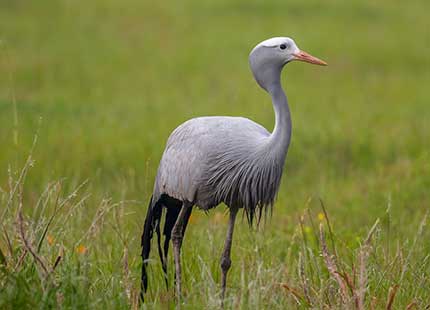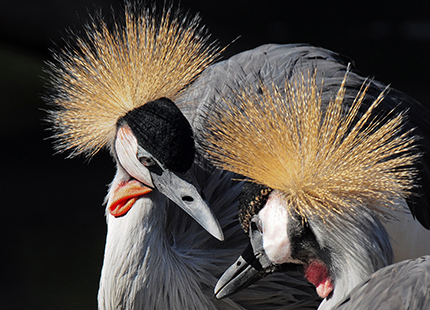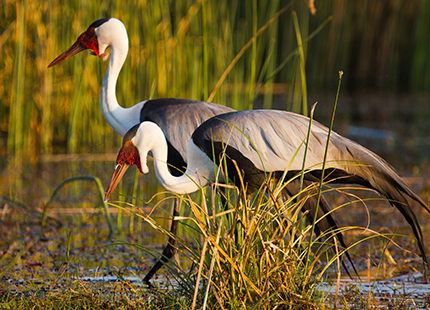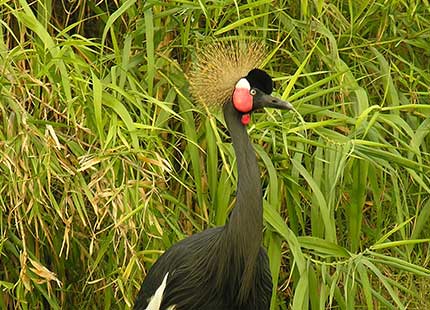african
crane
Conservation programme
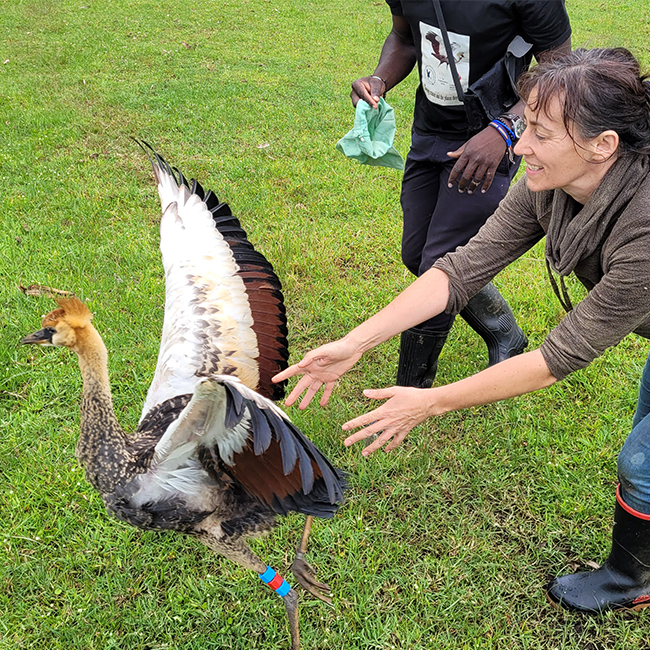
Saving cranes
What are cranes?
Cranes are large and long-lived birds. They have long legs and necks that allow them to wade through their wetland and grassland habitats. Cranes have a varied diet depending on what is available. Food items include small mammals, bird eggs, small fish, amphibians, insects, small fruits, and grains, which sometimes make them unpopular amongst crop farmers. Most cranes nest in shallow water or grass, usually laying two eggs at a time, and both parents help to rear the young until the next breeding season.
These birds are elegant, and their trumpeting calls and carefree, bounding courtship dances are iconic and wonderful to watch. Some people see cranes as symbols of peace, happiness, and longevity because of their lifelong devotion to their mates. Unfortunately, cranes are often the first animals to disappear when an area is disturbed. This means that they are good indicators of the health of our environment, particularly grasslands and wetlands.
4
species
7
countries
37
pack members

Why should we conserve cranes?
Cranes are ‘flagship’ species for conservation. Wetlands and grasslands are two of South Africa’s most threatened habitat types, destroyed by mining, development, and overuse. By conserving cranes, we conserve wetlands and grassland ecosystems that provide us and other species with essential goods and services. Cranes also have cultural significance. For example, the Blue Crane, South Africa’s National Bird, and the Grey Crowned Crane, Uganda’s National Bird, have symbolic meaning in both Zulu and Xhosa cultures. Furthermore, cranes are important for our economies as they attract tourists, particularly birders.
Sadly, crane populations have plummeted in the face of habitat change and loss. Without careful management, many crane species are doomed to extinction. Ten of the world’s 15 crane species are already threatened and these declines are evident in all of Africa’s crane species.
Threats to cranes
All four of sub-Saharan Africa’s resident crane species – Blue Crane, Grey Crowned Crane, Wattled Crane, and Black Crowned Crane – are threatened by illegal wildlife trade, collisions with power lines, electrocutions, habitat loss and disturbance, and poisoning.

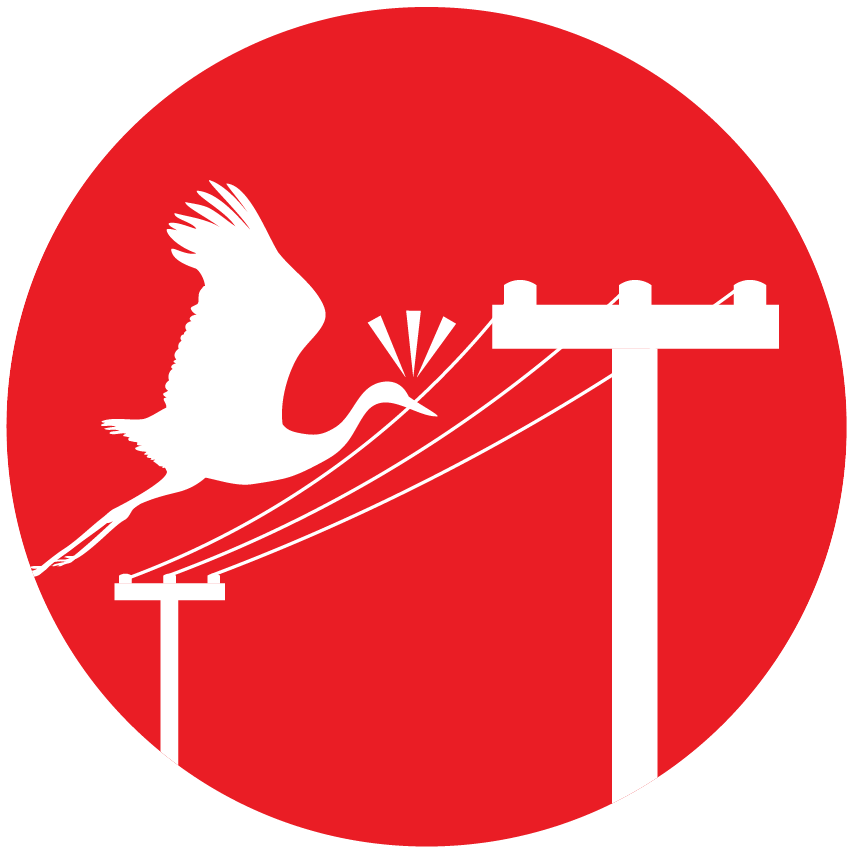


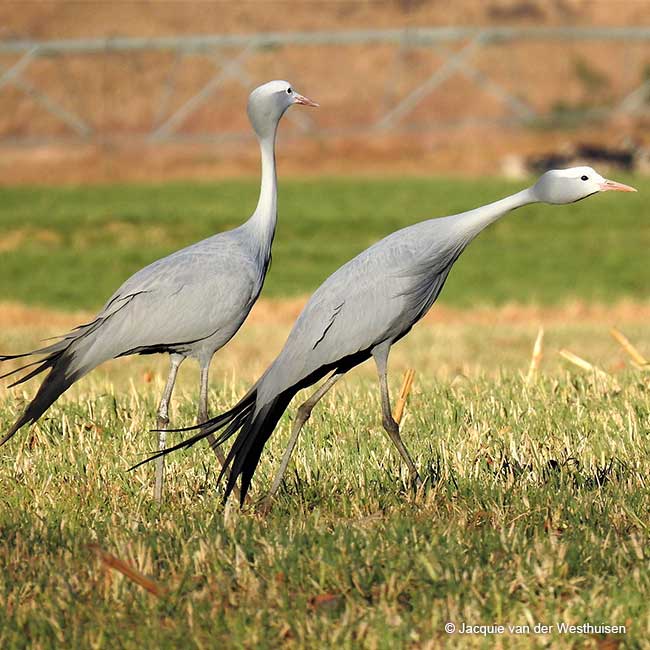
Our focal crane species
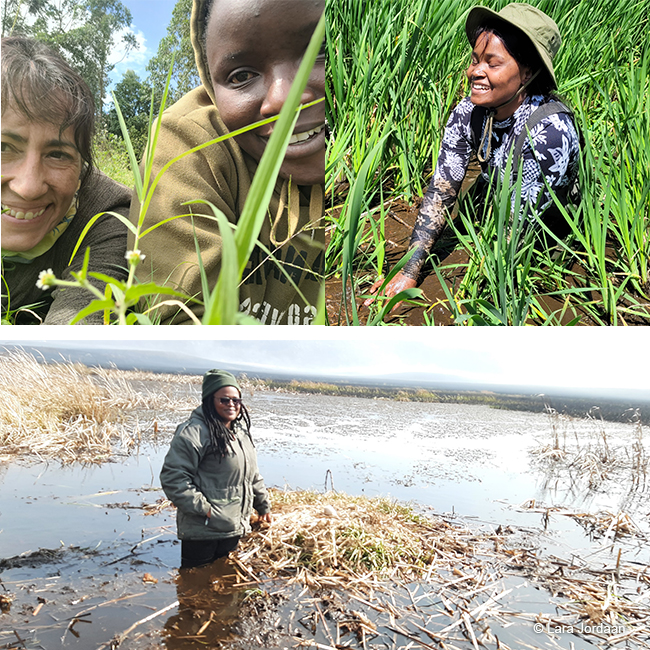
How we save cranes
The Endangered Wildlife Trust started working on cranes in 1989 under the then Highveld Crane Group. This group focused on education and raising awareness of the importance of cranes amongst landowners in the Eastern Highlands of South Africa. Between 1995 and 1999, we established crane conservation programmes in all ten key crane regions across South Africa. Later, in 2005, the EWT partnered with the International Crane Foundation (ICF) to launch the African Crane Conservation Programme (ACCP). This partnership kickstarted our work in East Africa with community-based projects in Uganda and Kenya and, later, in 2012, a project in Rwanda. In South Africa, our programme currently works in the Western Cape, Eastern Cape, KwaZulu-Natal, Free State, and Mpumalanga. Across the rest of Africa, the programme still oversees projects in Kenya, Rwanda, and Uganda and now works in Zambia and supports crane conservation work in Ethiopia, Chad, and Senegal.









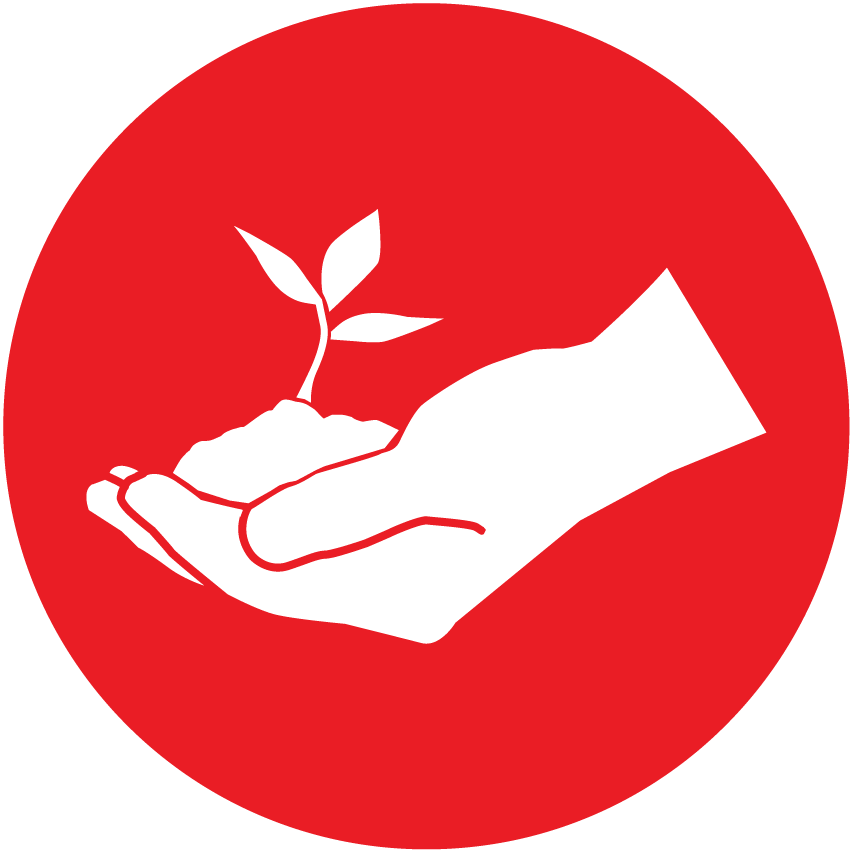

The EWT-ICF Partnership’s goal is to secure and improve the conservation status of Africa’s four resident crane species by reducing direct threats to them and protecting and restoring the wetland and grassland habitats they depend on.

We monitor crane populations
The African Crane Conservation Programme uses measurable conservation approaches that align with scientific information and best practice. Before taking action, we strive to understand the population statuses of our crane species in an area to measure the impacts of our project activities on populations. Methods that we use to count and monitor cranes and crane populations include ringing with colour-coded leg rings, satellite tracking, ground surveys of nests, and aerial surveys to count individuals and nests from the air.
These methods are supplemented by reports of crane sightings by supportive landowners, farmers, birders, other researchers, and partners. When ringed cranes are reobserved, we record their GPS points, habitat use, social grouping, and behaviour. This information is collected over several years and interpreted, helping us to understand the populations we conserve on a deeper level: how many of the cranes survive, how the population changes over time, their seasonal movements, and what the major threats are to populations. This knowledge supports adapting our strategies and implementing further conservation action where needed.
We work with people
We work closely with local communities and key national and global stakeholders. With staff across southern and East Africa, and projects supported in Sahelian and West Africa, too, we empower individuals, community groups, and organisations to manage water catchments to benefit people and cranes. To this end, we facilitate training and job creation for people struggling to find work. The training builds capacity for sustainable activities that don’t harm cranes or their habitats.
Examples of livelihoods we’ve helped create are employment through alien plant clearing projects and wildlife protection jobs. In all of our project areas, we help farmers farm more sustainably using practices like permaculture. And we encourage the use of Sustainable Land Management principles. Many of the people we work with have since become crane custodians or are conserving wildlife through stewardship.
We also implement integrated Population, Health, and Environment (PHE) projects to improve the health of people and the environment.

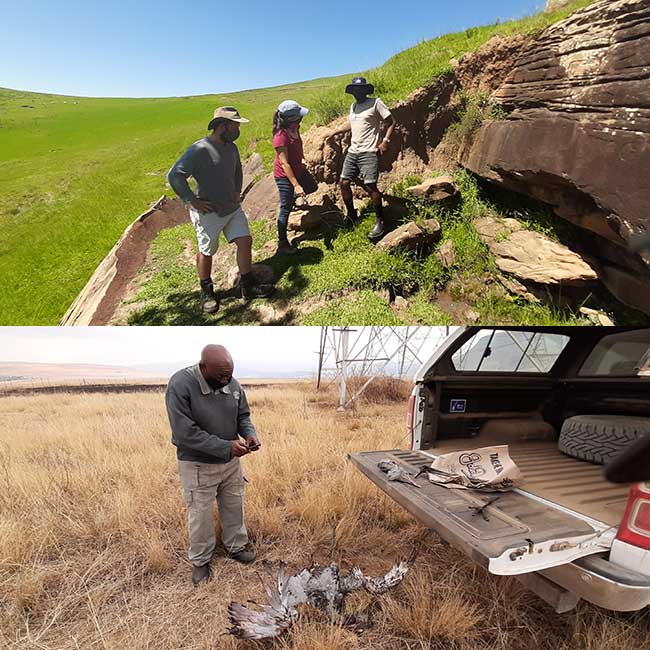
We reduce threats
The EWT has a strong history of collaboration for conservation. Not only do we work with communities, other conservation organisations, and government departments, but we also work with power utilities, such as Eskom, to mark power lines so that cranes see them and do not collide with them.
Furthermore, we raise awareness around the threats to cranes and their habitats among local decision-makers and policy developers. Importantly, we also monitor cranes and their key habitats in our project areas to understand the impacts of our efforts to conserve cranes over time.
ACCP projects
- Drakensberg Regional Project, South Africa
- Western Cape Project, South Africa
- Kafue Flats Project, Zambia
- South Western Uganda Project
- South Central Uganda Project
- Western Kenya Project
- Rugezi Marsh Project, Rwanda
- African Crane Trade Project
- Research for Conservation Planning / Project Feasibility
- AEWA Grey Crowned Crane Single Species Action Plan
Stories of Success
for cranes
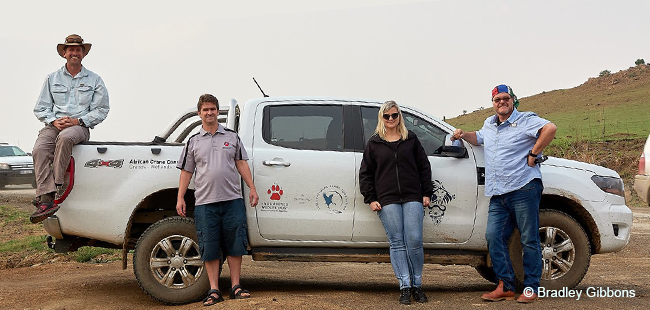
Carbon credits for cranes
The EWT partnered with WeAct in January 2020 to initiate carbon projects in crane priority areas. These projects incentivise landowners to manage their grasslands and wetlands well to sequester carbon that they can sell as carbon credits. In August 2021, we signed South Africa’s first carbon project trading contract with a landowner in the Free State, followed in 2022 by the Drakensberg team signing agreements for 85,000 ha.
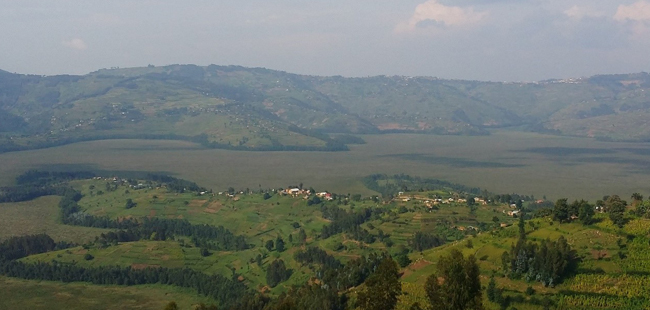
Positive policy for Rwanda’s cranes and people
We assisted communities near Rwanda’s Rugezi Marsh to grow Napier Grass to feed their cattle instead of harvesting grass from the marsh, which disturbs breeding cranes. The communities have benefitted from better fodder, and the Grey Crowned Cranes breeding in the marsh have been much more successful than in previous seasons, fledging 21 chicks in 2022. Subsequently, Rwanda’s Ministry of Agriculture has made it mandatory for all rural households in the area to plant Napier Grass to feed their cattle and reduce erosion.
Read more about it here.
CLEARING THE FLATS IN ZAMBIA
Our work in Zambia focuses on the Kafue Flats, a critical breeding and foraging area for cranes, particularly the Wattled Crane and the endemic Kafue Lechwe antelope. This wetland is under increasing pressure from cattle grazing, mining and prospecting, growing human settlements, and unsustainable fishing. Another grave concern is the spread of the alien invasive plant Mimosa pigra that compromises the flats’ ecology. To address this, the ACCP team employs local people to clear the plant. And Wattled and Grey Crowned cranes, native vegetation, and large herbivores like Oribi, Hippopotamus, and Kafue Lechwe, have started returning to cleared areas. We also formed 20 Conservation Clubs, including 800 pupils and 82 teachers from 13 schools near the flats, and we are deploying newly trained community scouts to protect its wildlife and create jobs.

Climate-smart agriculture in Kenya
To reduce and remove pressure on converting wetlands into farmland in western Kenya, we are helping small-scale farmers to adopt climate-smart agricultural practices such as crop diversification, conservation tillage (where the soil is not turned over, which causes water loss), natural fertilisers, biological pest control, and food forests (where trees planted for shade and water retention are interspersed with food crops). As a result, these farmers will achieve increased ecological resilience, improved health and nutrition, conserved biodiversity (including the Grey Crowned Cranes), improved economic stability, and reduced impacts of climate change.
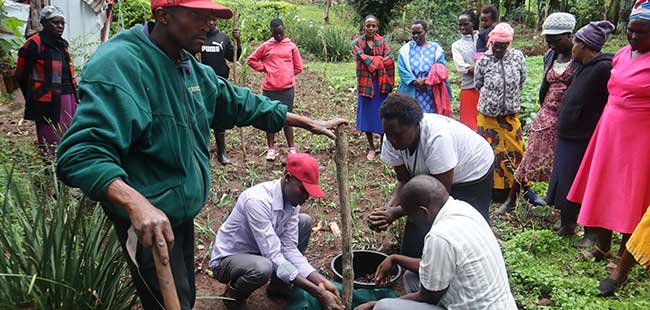
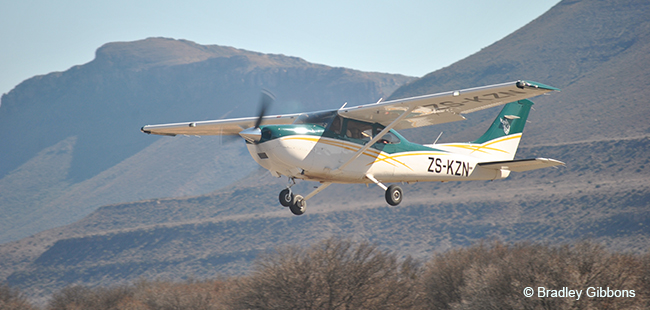
Counting cranes
The final counts in the 28th consecutive annual KwaZulu-Natal crane aerial survey in August 2020 included 1,466 Blue Cranes, 3,309 Grey Crowned Cranes, and 399 Wattled Cranes. We were excited to discover that the Wattled and Blue Crane counts were the highest since the surveys began in 1992, while the Grey Crowned Crane count was the second-highest. This showed that our activities to conserve cranes in these areas had succeeded in helping crane populations to recover.
Recent crane count results from other areas:
- The South Africa team completed its first Eastern Cape aerial survey in September 2021. During the survey, we counted 9,159 Blue Cranes, 934 Grey Crowned Cranes, and 14 Wattled Cranes.
- Our first local crane count was conducted in Lwengo district, south-central Uganda and 1,539 cranes were recorded.
- The Kenyan team recorded >250 cranes in Homa Bay County.
- The 2021/2022 breeding season monitoring by field staff at Rugezi Marsh in Rwanda shows that 11 breeding crane pairs bred and successfully raised 21 chicks.
More protected habitat for cranes in South Africa
The Upper Wilge Protected Environment (PE) in the Free State province of South Africa was formally declared a protected area in January 2022. The PE secures 24,000 ha of pristine Eastern Free State Sandy Grassland – critical habitat for Grey Crowned Cranes, Wattled Cranes, and Sungazers, among others. To date, the ACCP has secured and improved the management of over 200,000 hectares of important habitat for cranes and other wetland wildlife in South Africa.
Read more here.
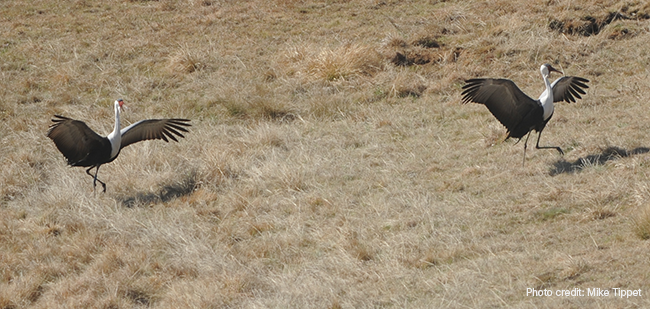
Protecting cranes and communities in Uganda
Uganda’s wetlands are under increasing pressure from a growing human population needing farmland. These wetlands are vital for humans (for food and water security and preventing flooding) and for Uganda’s national bird, the Endangered Grey Crowned Crane (for nesting habitat).
Our Population, Health and Environment (PHE) project in Rukiga District, Uganda, empowers communities to conserve wetlands and cranes. Supported by the Darwin Initiative and in partnership with the Margaret Pyke Trust and Rugarama Hospital, key activities provide alternative sustainable livelihoods and healthcare services (reducing unplanned pregnancy), habitat restoration, and soil and water conservation, enabling long-term wetland health for people and cranes.
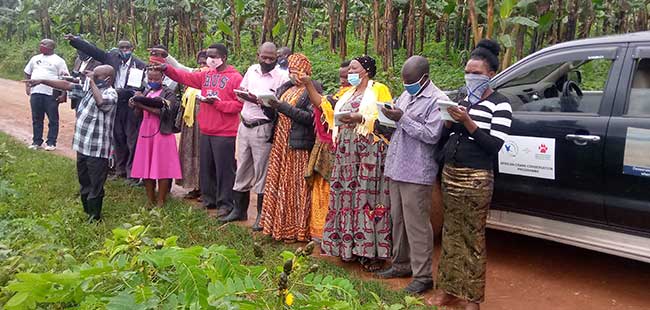
HOW YOU CAN help cranes
- If you find a crane chick injured or abandoned, here’s what to do
- Use water wisely
- Don’t pollute our wetlands with litter or chemicals
- Don’t graze your cattle in wetlands

